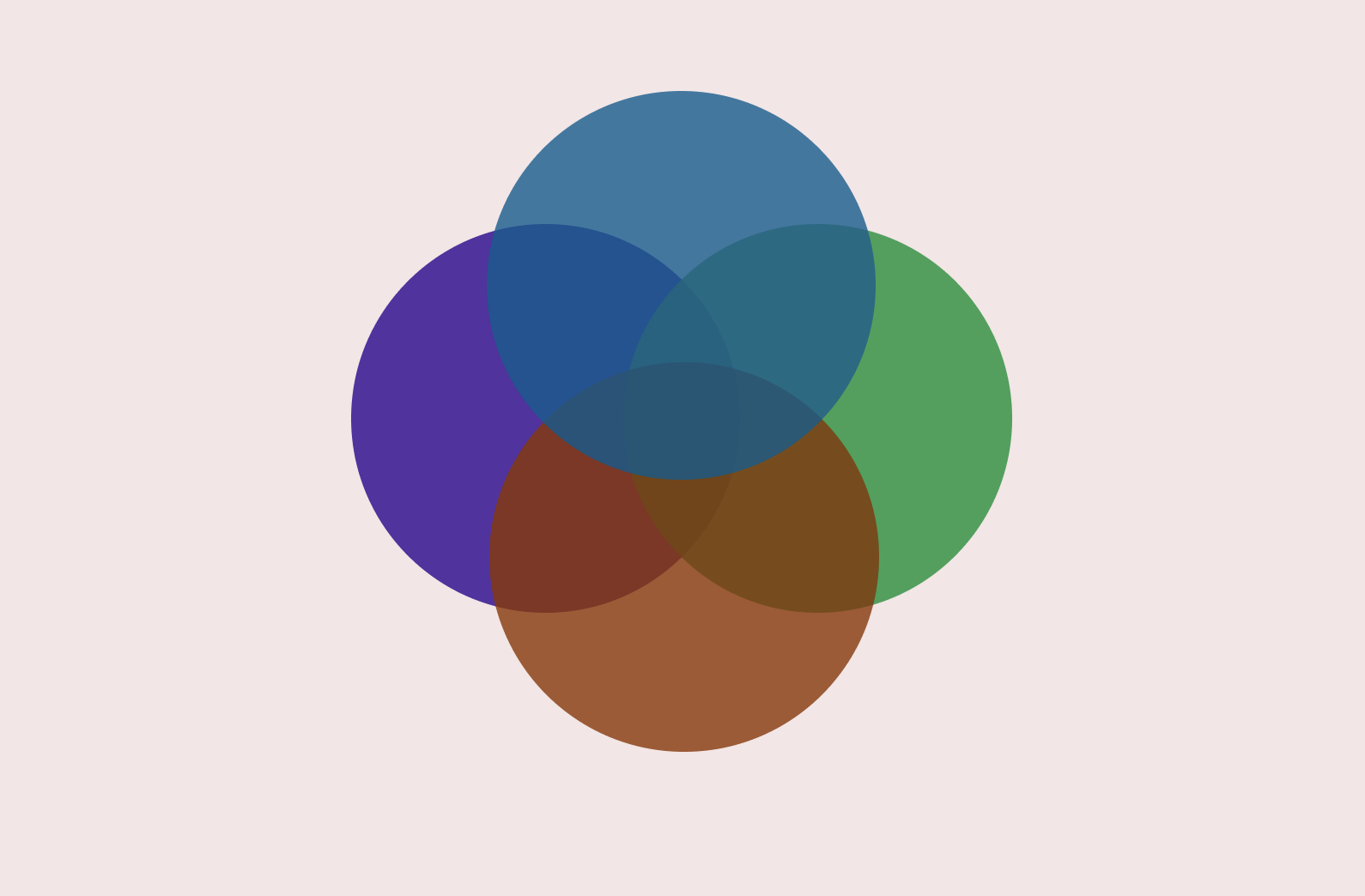
TLDR: Implemented go-to-market strategy to grow from 0 to $15k MRR in 6 months.
Role: Head of Product, Growth
KPI: User Acquisition, Monetization
Trym had a strong base of barbers on the platform with a set of early adopters. Our next step was to build a go-to-market strategy to generate more demand and meet our growth goals.
I was in charge of bringing Trym to the market of 447,000 men in San Francisco.
My goal was to:
- Grow revenue
- Establish 3:1 LTV CAC ratio
- Increase Average Revenue Per User
The first step was researching our users and product to ensure we had the right approach to support our go-to-market strategy.
Typically, products grow via content, virality, performance marketing, or sales.
To determine which was the right sustainable growth lane for Trym, I looked to:
- User data — where our product is placed in users' lives and where it stands in their habits?
- Our business model — what makes sense regarding how do we make money?
The key insights we had gained from the early alpha and beta users was that finding an appointment when you needed one (often last-minute) was nearly impossible. At this moment, they searched online for a solution and booked with us.
This key insight combined with our transaction-based business model pointed to performance marketing.
Moving forward I sat down with the engineering and design department to research the following variables in our data:
- Target: considering our data, where is the common pattern and where may we find more of these users.
- User testing: I spoke with more users and reviewed notes to identify what common habits our users had, the key moment they decided to book an appointment, and how they heard of us.
- New vs returning behavior: using cohort analysis and user interviews, I identified the types of users that were booking multiple haircuts vs those who booked just once.
- Funnels: to ensure inbound users weren’t falling through the cracks, I analyzed drop-offs using product analytics and closed the gaps (more on this here).
- Devices: I reviewed user behavior between device types and operating systems to ensure we had consistency.
- Geography: I broke down users by their zip codes to identify where our most valuable users are coming from.
- Time of day: analyzing the time of day users visited our website, when they submitted booking, and what time they preferred their appointment offered a lot of insight.
After combing and analyzing the takeaways from the research phase, I created an experiment matrix hypothesizing on what delivers the highest conversions with the lowest cost.
Experiments:
- Marketing channels
Google Ads
Facebook
Instagram
YouTube
LinkedIn
Twitter
- Messaging
Premium
Convenience
Scheduling
- Pricing
$59
$79
$99
- Pricing model
One fee
Fee + tip
Fee + tip + service fee
Fee + commute fee
- Landing page design
Modern
Classic
Length
- Funnel length/flow
3 steps
5 steps
8 steps
- Call to action
Book Now
Schedule Now
Find barbers
- Imagery
Male/Female barber
Home
Office
Hotel
Shave, Haircut, Trim
- Marketing communication
Drip marketing a/b tests such as timing, messaging, content etc.
Channel: email, text, chat
- Referral incentives
$10
$20
$50
Free services
Group services
Timing
I ran 40 experiments to ensure the winning combination was implemented into our product. To build sustainable growth we needed to have the right support with stellar conversion, activation, and retention.
Each marketing channel had campaigns/ad groups containing variants to determine where each fell on the demand curve.
The marketing channels pushed inbound traffic into varies variants which were then used to determine the CAC per combination. I ensured that the experiments didn’t influence each other so that our results weren’t skewed. To do so I ran MVT experiments only when I was measuring the same metric within the group, the same flow, and the same length. If those 3 rules didn’t match then the experiments were separated.
After a few months we had enough data to determine the winning formula:
- Google Ads based on select winning keywords, ad copy, timing, demographics etc.
- Re-marketing for abandoned booking traffic.
- Quality for website messaging.
- $79 price for the optimal demand curve
- Fee + tip for the pricing model.
- Modern landing page with 6 sections: covid safety, barbers, how it works, reviews, pricing, FAQ
- 8 step funnel length (read more here)
- Book Now for the CTA
- Male barber, beard trim for image
- Email + text drip campaign
- $50 referral incentive with two referrals, after service completion
Although we had the right formula for increasing our revenue, it was important to ensure these were quality users with desirable Average Revenue Per User. It took a few additional months of cohort analysis to where the most quality leads were coming from, from there I made additional optimizations for our outreach along with further product adjustments.
After 4 months of customer development and experimentation, I had identified the winning go-to-market strategy to scale Trym.
I was able to achieve:
- $15k MRR in 6 months (20% CMGR)
- 65% drop in CAC resulting in 3:1 LTV CAC
- Increased ARPU from $98.75 to $256.75